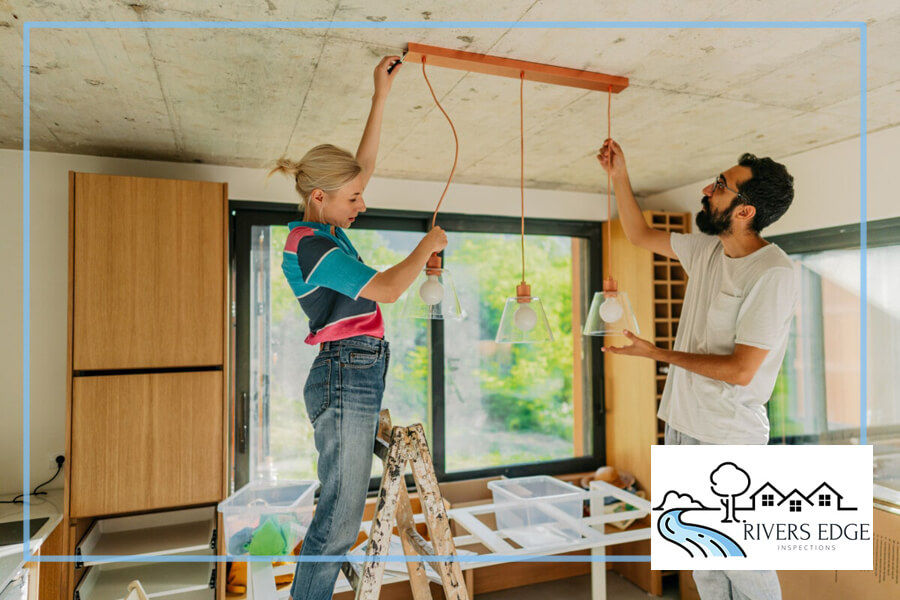What Are the Most Commonly Missed Items in a Home Inspection?
- Scott Able

- May 20, 2023
- 2 min read

What do many home inspectors miss? How do you make sure you're checking all critical aspects of a home?
During a home inspection, it's important to thoroughly assess various aspects of a property to ensure its condition and identify any potential issues. While each inspection is unique, there are certain commonly missed items that home inspectors may overlook. Here are a few examples:
Electrical Wiring: Some inspectors may not delve deep into evaluating the electrical system, such as checking for outdated or unsafe wiring, insufficient grounding, or improperly installed electrical fixtures.
Plumbing Problems: Certain plumbing issues, such as hidden leaks, inadequate water pressure, or faulty drainage systems, can be missed if the inspector doesn't thoroughly examine the plumbing infrastructure.
Roof and Attic: Inspectors may fail to adequately assess the condition of the roof, including missing or damaged shingles, leaks, or signs of rot. Additionally, they may overlook issues like insufficient insulation or ventilation in the attic.
Foundation and Structural Integrity: Identifying potential foundation problems, such as cracks, settling, or improper grading, can be challenging but is crucial for evaluating the overall structural stability of a home.
HVAC Systems: Some inspectors may not thoroughly inspect heating, ventilation, and air conditioning (HVAC) systems, including checking for proper operation, maintenance, or potential issues with ductwork.
To ensure a comprehensive inspection, home inspectors should follow certain guidelines:
Training and Experience: Obtain proper training and experience in home inspection to understand the various components of a home and common issues that may arise.
Inspection Checklist: Develop a comprehensive checklist that covers all critical aspects of a home inspection. This checklist can serve as a guide to ensure no area is overlooked.
Thorough Examination: Conduct a systematic evaluation of each area, including visually inspecting, testing systems where applicable, and documenting any concerns or findings.
Continuing Education: Stay updated with industry standards, building codes, and new developments in home construction to enhance knowledge and ensure a thorough inspection.
Utilize Tools and Technology: Take advantage of specialized tools and technology, such as moisture meters, thermal imaging cameras, or drones, to assist in detecting potential issues that may not be visible to the naked eye.
Professional Organizations: Consider joining professional home inspection associations that offer resources, training, and networking opportunities, such as the Home Inspectors Association British Columbia (HIABC).
By adopting these practices, home inspectors can increase the likelihood of conducting a comprehensive inspection, minimizing the chances of missing critical aspects of a home.
At Rivers Edge Inspections, we take pride in the fact that we provide the most thorough home inspection services in the Thompson-Okanagan area. When you need an inspection Call Us First!




Comments